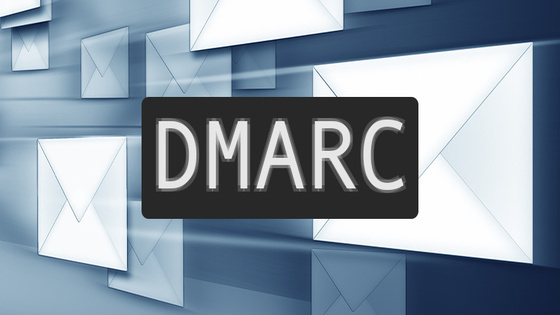DMARC- how it protects Your Email

DMARC (Domain-based Message Authentication Reporting and Conformance) protects your email and how? This is something well be discussing in todays blog.
Hering the horror stories about cyber attacks involving the demand for ransom is a daily story these days, thus, in the phase of growing attacks and cyber error, how can one ensure that their business emails are not being compromised? To the point of MSPs protection, there is robust email security known as Domain-based Message Authentication Reporting and Conformance (DMARC) email security.
How does DMARC work?
DMARC works as a warning for the email servers when the sender’s message is being excepted to be attacked. Simply put, it warns the servers that the messages are protected by SPF or DKIM. This email validation system is designed to protect business email domains from being exploited via email spoofing, phishing scams, and other cybercrimes. When any of the protocols of email protection fails, the action is taken in the form of rejection of the email.
How to Implement DMARC?
DMARC works as a key function for an email security solution, which is reporting. This means, that when the owner published a DMARC record into the tool record, they can view who is sending the email on behalf of their domain. This gives the owner of the domain authority over who can gain control over the email.
This happens when you implement the DMARC using simple steps.
- Step 1: Identify valid sources of mail for your domain.
- Step 2: Set up SPF for your domain.
- Step 3: Set up DKIM for your custom domain.
- Step 4: Form the DMARC TXT record for your domain
DMARC tools
To make the best of the email protection and to achieve a high-security business email you should use DMARC, SPF, and DKIM in combination. DMARC will create a link between SPF and DKIM.
SPF Tools
To generate the records for SPF, the tool that is used is the SPF record generator, which takes these mechanisms and qualifiers: MX, a, ip4, ip6, include, and all, and returns an SPF record.
However, to check the SPF record, there is the SPF record checker, or SPF record validator/tester. All these tools check if the SPF record is published on your domain and if its syntax is correct.
DKIM Tools
Another set of tools required to create/generate a DKIM record areDKIM record generator, or DKIM record creator/builder, which takes a domain and a selector, and returns a DKIM record.
To check a DKIM record and its frequency, one can use the DKIM record checker, or DKIM record validator/tester, which checks if a DKIM record is published on your domain and if its syntax is correct using the v2web tools
DMARC Tools
The key contribution of the DMARC tools is to protect the emails by generating the records, for doing so, one can use the DMARC record generator, or DMARC record creator/builder, which takes these tags: p, rua, ruf, sp, adkim, and aspf, and returns a DMARC record.













Comments